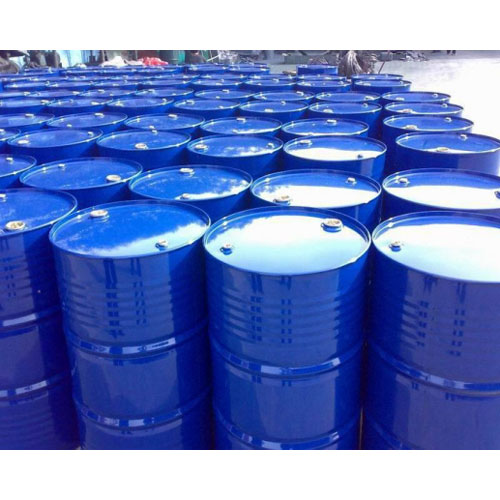High resilience foam polyether and soft-foam polyether are two common materials in foam manufacturing. They have the following main differences:
Uses and applications:
High resilience foam polyether: Mainly used in applications that require high resilience, it has excellent resilience and long-term shape retention, and can provide stable support and comfort.
Soft-foam polyether: Usually used in applications that require softness and comfort, soft-foam polyether is characterized by good softness and can provide a comfortable sitting and lying feeling.
Physical properties:
High resilience foam polyether: It has a high elastic modulus and rebound rate, and can quickly recover to its original shape even after long-term compression. This makes it outstanding in occasions that require support and shape stability.
Soft-foam polyether: Compared with high-resilience foam, it has a lower elastic modulus and weaker rebound performance, but has better softness and comfort.
Density and hardness:
High resilience foam polyether: Usually has a higher density and hardness to support and maintain the correct posture of the body.
Soft-foam polyether: Generally has a lower density and focuses more on providing a soft and comfortable touch.
Cost and manufacturing complexity:
High resilience foam polyether: usually relatively expensive due to the need for higher manufacturing technology and cost.
Soft foam polyether: The manufacturing process is relatively simple, the cost is low, and it is suitable for mass production and a wide range of applications.


